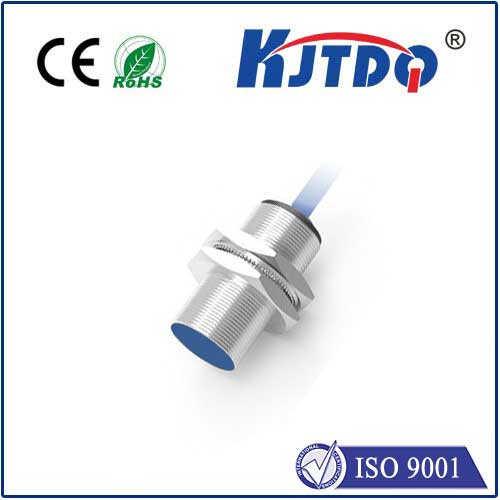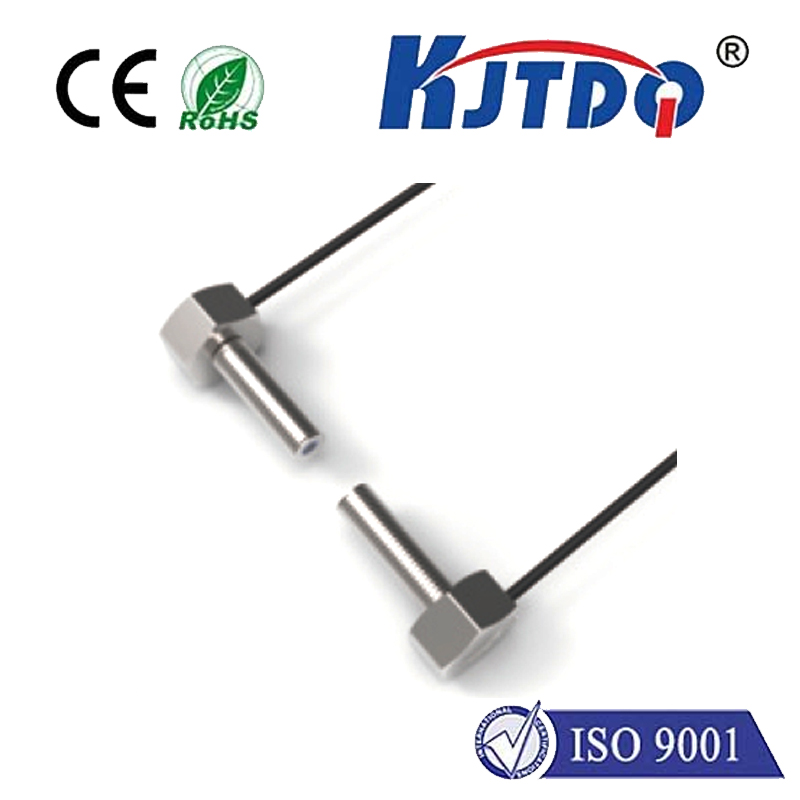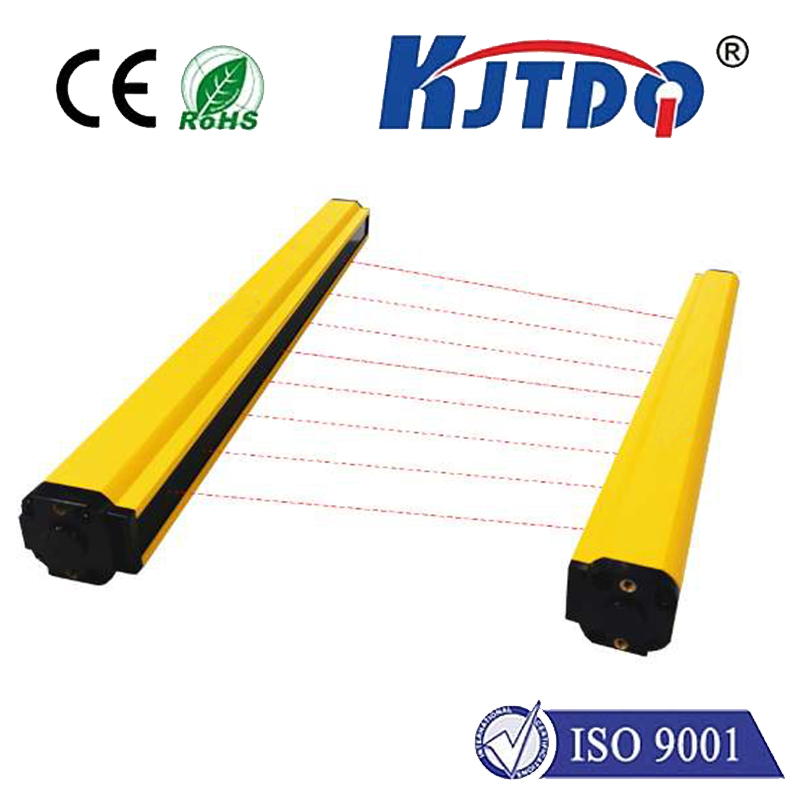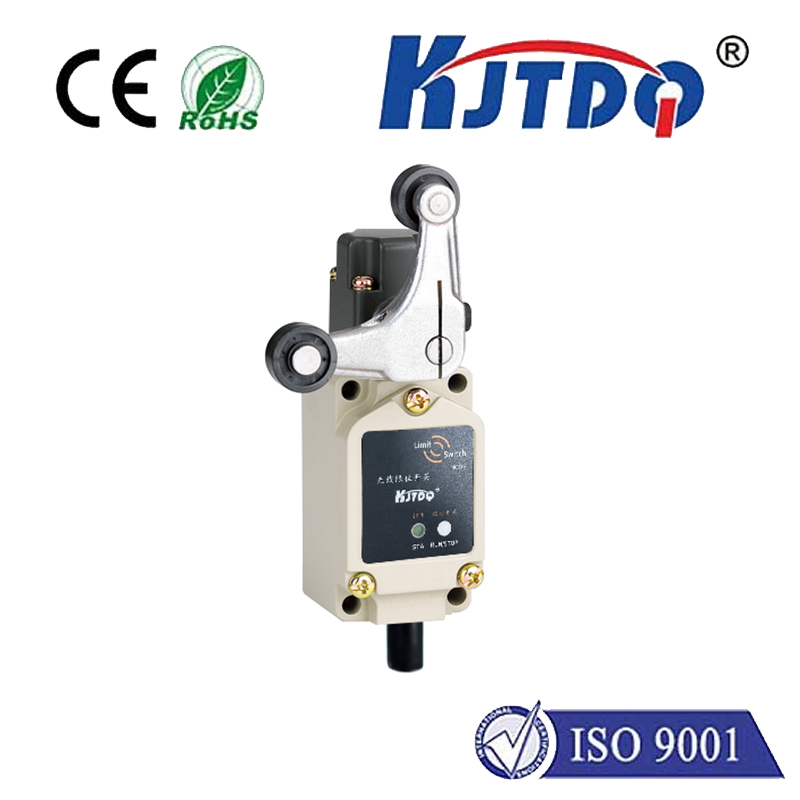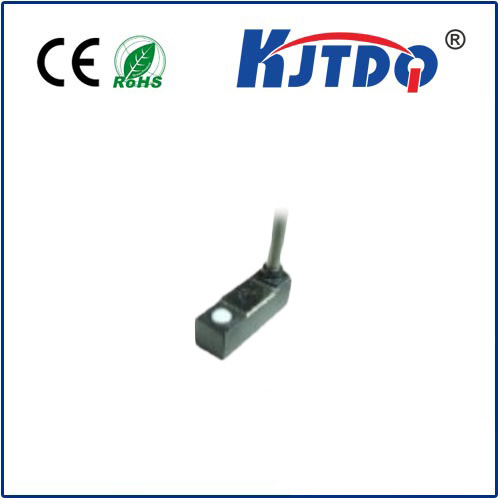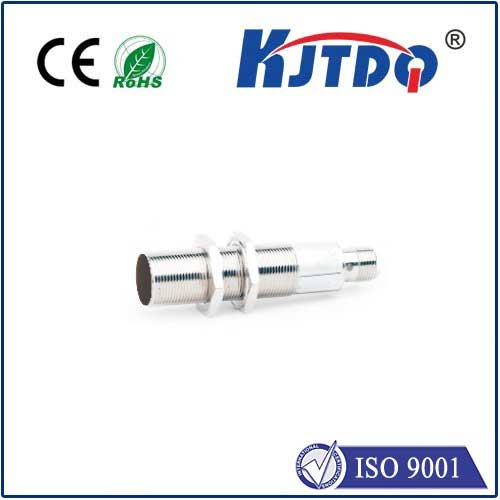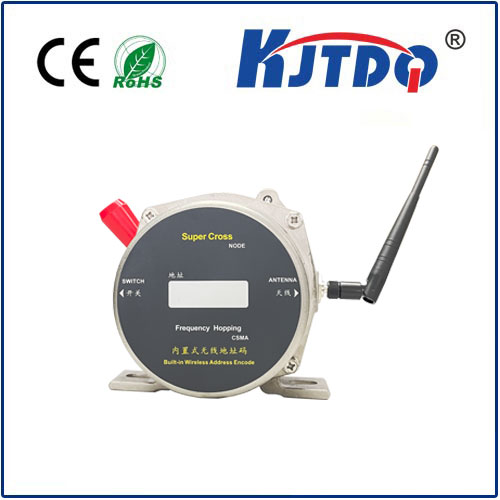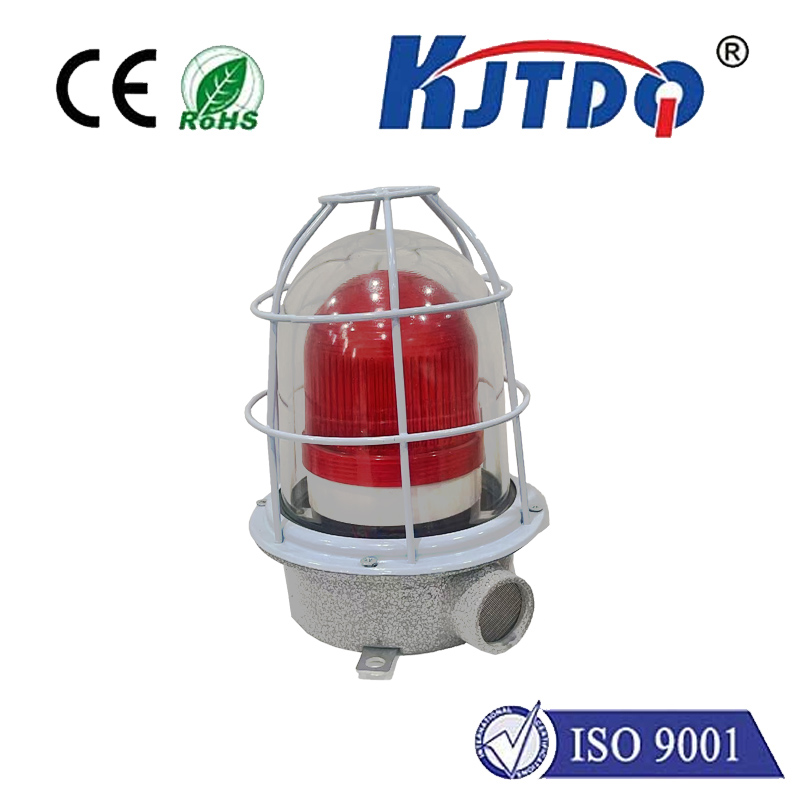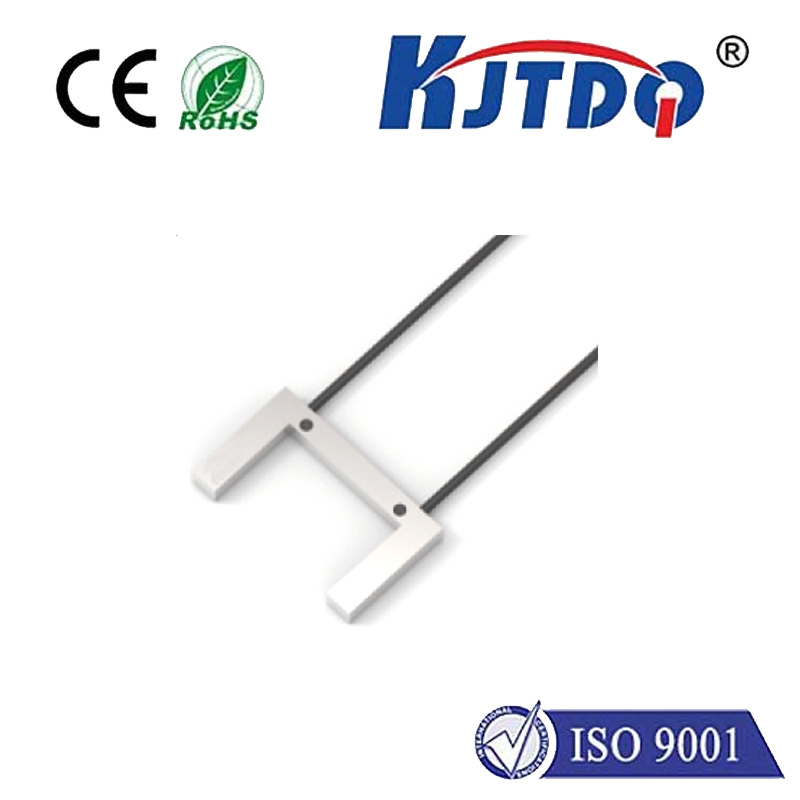
check

check

check

check
Title: Understanding the Analog Proximity Sensor and its 0-10V Output Range In today’s technological landscape, sensors play an instrumental role in automation and control systems. One such essential component is the analog proximity sensor with a 0-10V output range. This article delves into the basics of what an analog proximity sensor is, how it works, and why the 0-10V output range is significant.
An analog proximity sensor is a device that detects the presence or absence of an object without physical contact. Unlike digital sensors that provide binary output (high or low), analog proximity sensors deliver varying levels of output signals based on the distance to the target object. This makes them incredibly versatile for precise measurement applications. These sensors typically use capacitive or inductive technology to sense the object’s proximity. Capacitive sensors measure changes in electrical capacitance between two conductive surfaces, while inductive sensors rely on alterations in the electromagnetic field.
When an object approaches the sensing area of the analog proximity sensor, it modifies the electrical or magnetic field. This change is then converted into an analog signal, which varies proportionally with the distance of the object. The closer the object is, the stronger the signal; conversely, if the object moves farther away, the signal weakens. The analog output signal is usually expressed in voltage levels. In this case, the sensor operates within a 0-10V range, where 0V represents the closest detection distance and 10V signifies the farthest detection limit.
The 0-10V output range is widely accepted in industrial applications because it aligns with most standardized control systems and instrumentation. Here are some reasons why this range is particularly advantageous:
Compatibility: Many controllers, PLCs (Programmable Logic Controllers), and other automation hardware are designed to interface easily with sensors that produce a 0-10V output. This ensures seamless integration into existing systems.

Sensitivity: By utilizing the full 0-10V spectrum, these sensors can offer fine resolution and sensitivity over the entire detection range. This enhances their ability to provide accurate and nuanced data.
Simplicity: The 0-10V signal is straightforward to interpret and process. There’s no need for complex conversion processes, making it easier to implement and troubleshoot in various applications.
Versatility: Whether it’s for short-range or long-range sensing applications, the 0-10V range provides sufficient flexibility to adapt to different requirements without sacrificing performance.
Analog proximity sensors with a 0-10V output range find applications across numerous industries due to their precision and reliability. Some common uses include:
Automation: In robotics and conveyor systems, these sensors help detect product presence and positioning.
HVAC Systems: They monitor airflow and temperature by detecting the position of dampers and vanes.
Level Measurement: In liquid level sensing applications, they accurately determine the amount of fluid in tanks without direct contact.
Industrial Equipment: Used in machinery to ensure components are correctly positioned during manufacturing processes.
Analog proximity sensors with a 0-10V output range represent a crucial advancement in sensing technology for modern automation and control systems. Their ability to provide precise, variable outputs makes them indispensable tools across various industries. If you’re looking for a reliable solution for detecting object proximity with high accuracy, understanding the fundamentals of these sensors is key. Investing in high-quality analog proximity sensors can significantly improve the efficiency, safety, and overall performance of your projects, ensuring that they meet the rigorous demands of today’s technological environments.
